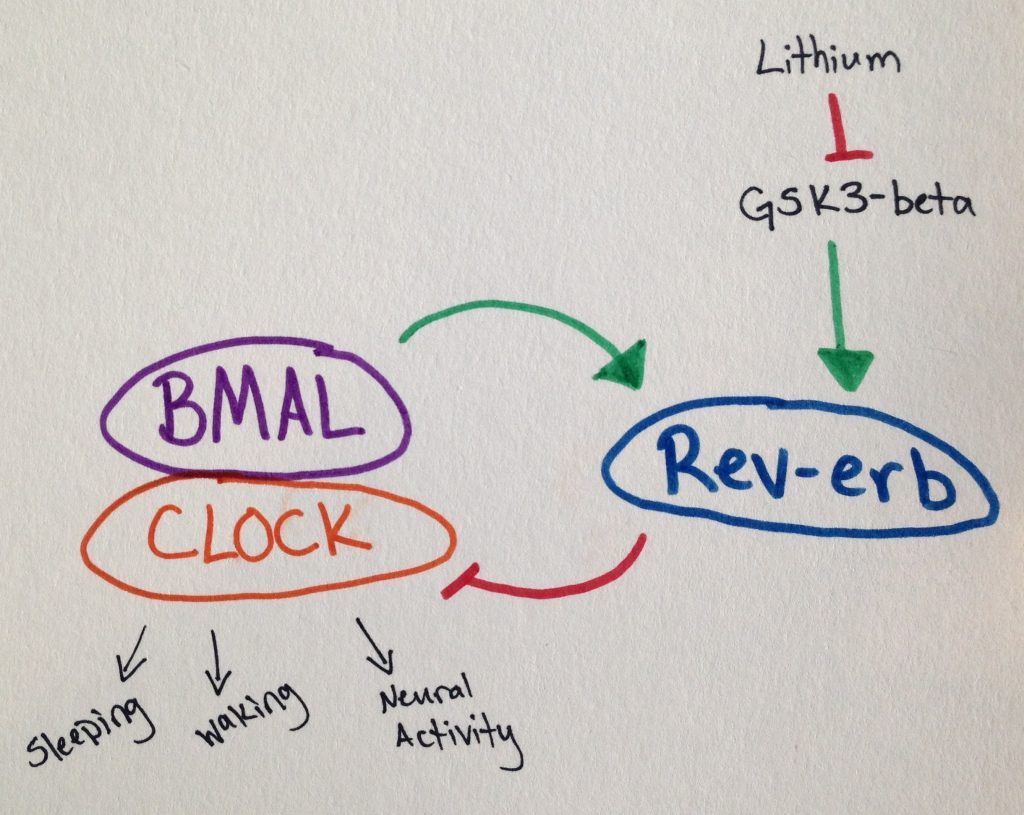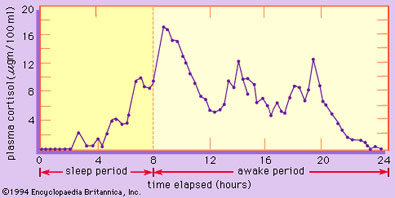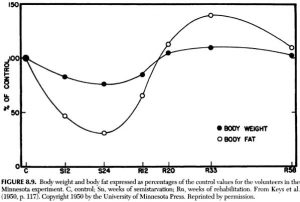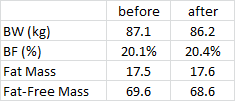Social jet lag is basically a general term that refers to circadian arrhythmia. Sort of like insulin resistance, it’s rampantly abundant — some have estimated a prevalence of up to 75%! Social jet lag can be induced by shift work, East/West travel, late meal timing, artificial light at night, sleeping late, not enough sunlight in the morning, etc., etc. And while any of the above insults, by themselves, may not really screw up your circadian rhythms, you can see how easy it is for one person to fall prey to nearly of them:
Eat a late dinner, stay up late using artificial light (eg, computer, smart phone, etc.), sleep late the following day so you skip breakfast and don’t get any sunlight in the morning.
CIRCADIAN MISMATCH ACCOMPLISHED
This increases your risk for a wide variety of ailments, ranging from cancer to diabetes to bipolar disorder: no bueno.
One key mediator of the effects of LIGHT is melatonin. Artificial light at night suppresses melatonin. Sunlight in the morning can blunt the impact of this! It all ties in together. Gravitas.
Great review article here.
Continue reading →






